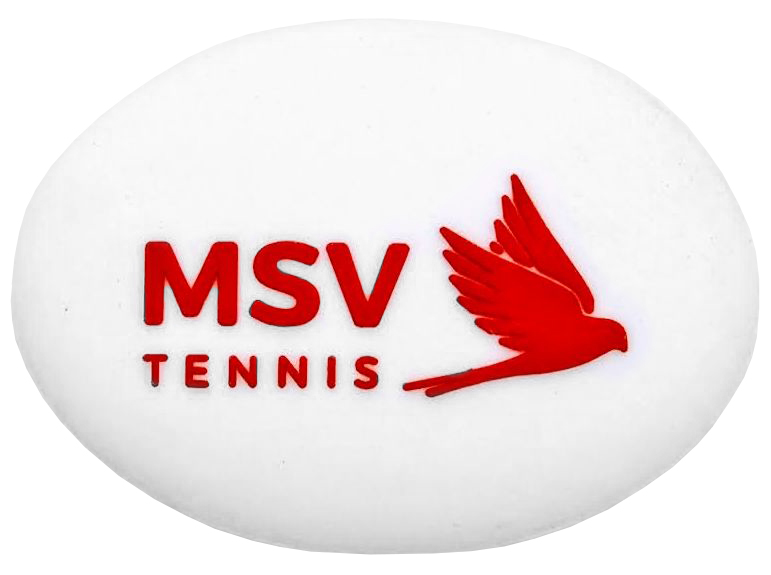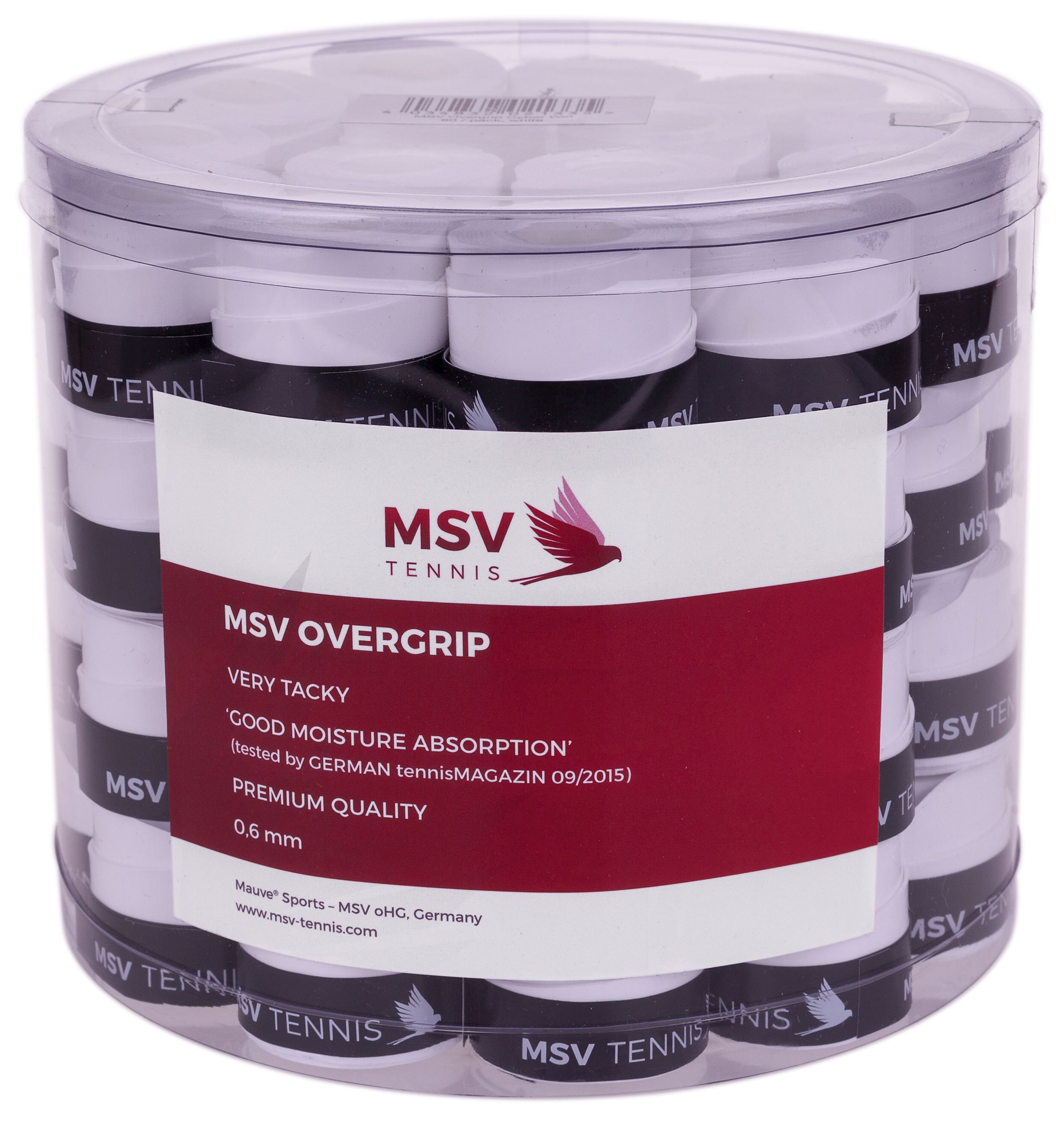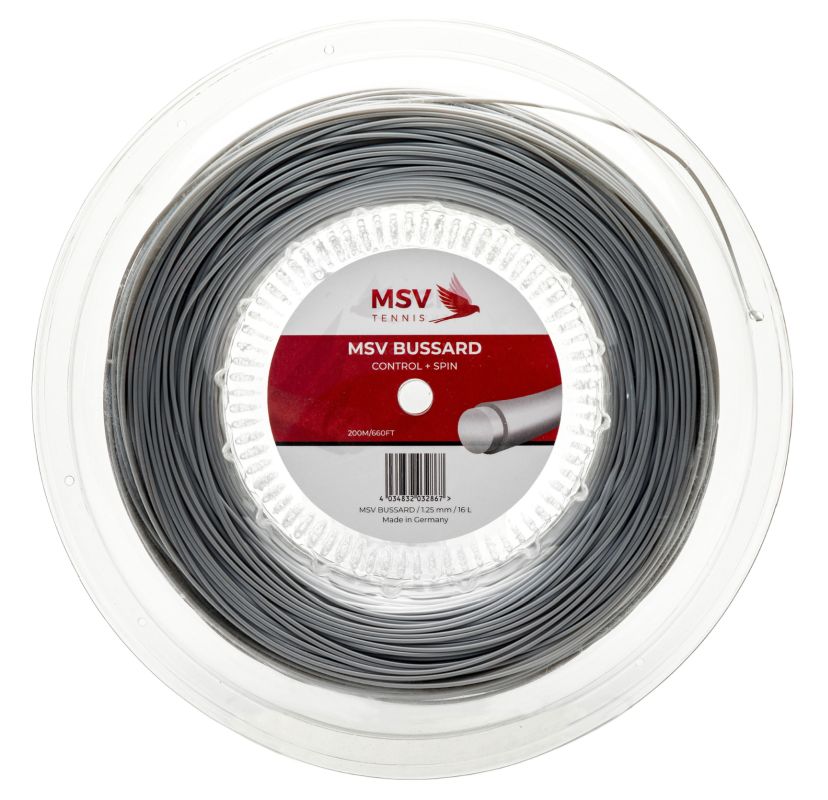

62,98 €
Save 29%
62,98 €
Informacje o produkcie
Introducing the MSV Bussard Tennis String (200 m) - Silver
Step up your tennis game with the MSV Bussard Tennis String, a durable and innovative choice that will transform your game-play. Designed for those high-spirited and offensive players who frequently use topspin strokes, the Bussard Tennis String excels in delivering optimized control and rotation.
Perfect Blend of Performance and Durability
This tennis string is made from high-quality co-polyester. It features a polished and rugged texture that promises excellent durability and prolonged tension retention. This special combination of materials and design results in increased resistance to wear and tear, ensuring that you can power through intense gaming sessions with consistent performance.
Exceptional Control and Rotation
Enrich your tennis experience with the Bussard's impressive feature set. The monofilament structure enhances your control over each stroke, allowing for precision shots. Furthermore, the string's potential to produce high levels of rotation offers the possibility to land powerful, topspin-heavy hits that are difficult for opponents to return.
Sleek Silver Aesthetics
Not only is the MSV Bussard Tennis String a powerhouse in terms of performance, but it also boasts a sleek, silver color that adds a touch of elegance and sophistication to your tennis racket. Stand out in the court - not just with your skills, but also with your sports equipment!

| Article number: | ST89795.1 |
|---|---|
| Color: | Silver |
| Material: | co-polyester |
| Properties: | control maintenance of tension spin |
| String length (m): | 200 |
| String profile: | soft |
| Structure: | monofilament |
Introducing the MSV Bussard Tennis String (200 m) - Silver
Step up your tennis game with the MSV Bussard Tennis String, a durable and innovative choice that will transform your game-play. Designed for those high-spirited and offensive players who frequently use topspin strokes, the Bussard Tennis String excels in delivering optimized control and rotation.
Perfect Blend of Performance and Durability
This tennis string is made from high-quality co-polyester. It features a polished and rugged texture that promises excellent durability and prolonged tension retention. This special combination of materials and design results in increased resistance to wear and tear, ensuring that you can power through intense gaming sessions with consistent performance.
Exceptional Control and Rotation
Enrich your tennis experience with the Bussard's impressive feature set. The monofilament structure enhances your control over each stroke, allowing for precision shots. Furthermore, the string's potential to produce high levels of rotation offers the possibility to land powerful, topspin-heavy hits that are difficult for opponents to return.
Sleek Silver Aesthetics
Not only is the MSV Bussard Tennis String a powerhouse in terms of performance, but it also boasts a sleek, silver color that adds a touch of elegance and sophistication to your tennis racket. Stand out in the court - not just with your skills, but also with your sports equipment!

| Article number: | ST89795.1 |
|---|---|
| Color: | Silver |
| Material: | co-polyester |
| Properties: | control maintenance of tension spin |
| String length (m): | 200 |
| String profile: | soft |
| Structure: | monofilament |
Each offer available in the Tennis Zone is an original product, coming directly from manufacturers or trusted distributors.
Subscribe to newsletter
Save a 5%
Sign up for the free newsletter and do not miss any promotions and news, as well as individual offers from our store.

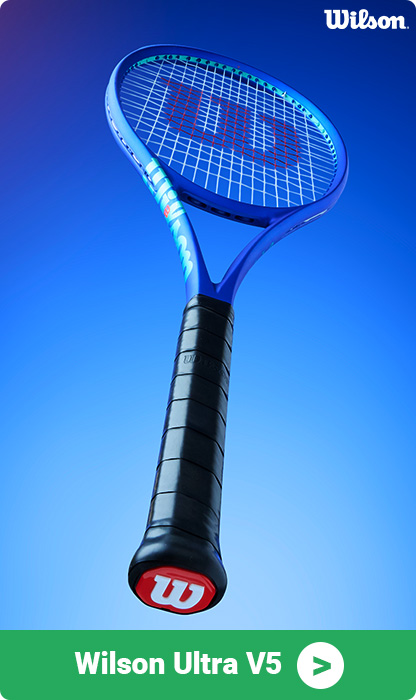

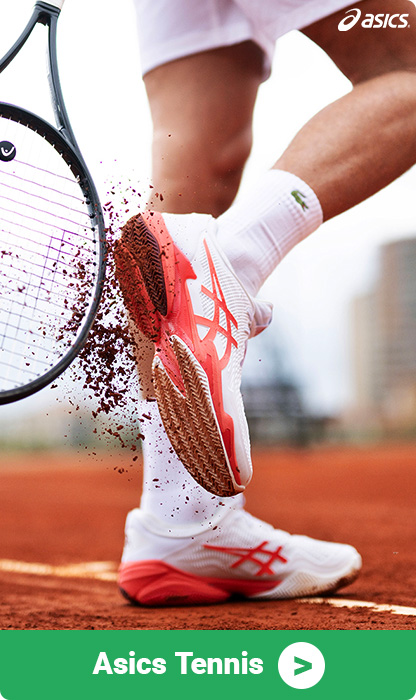

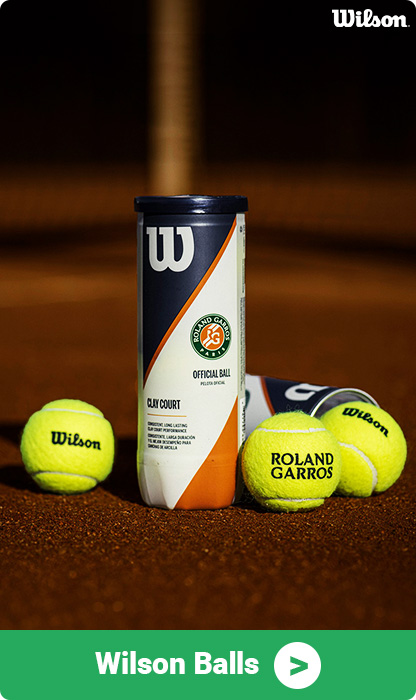
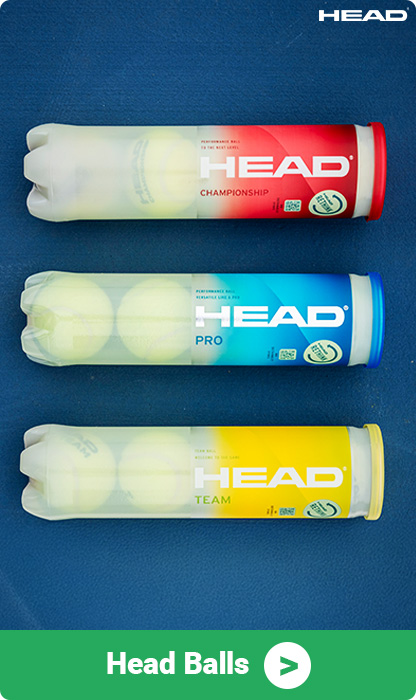
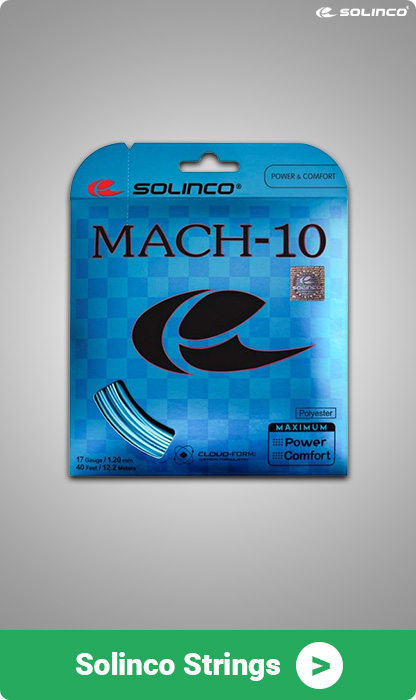
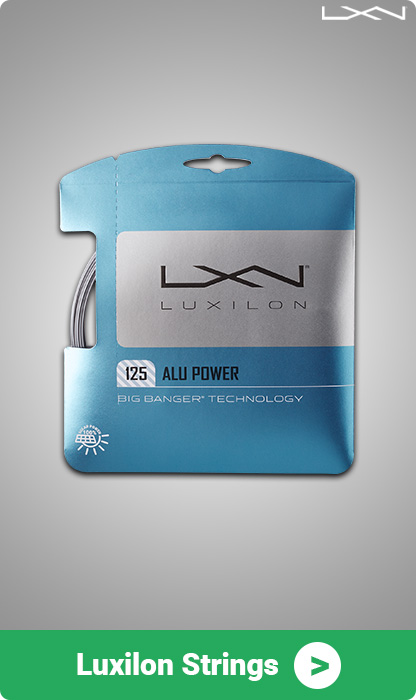
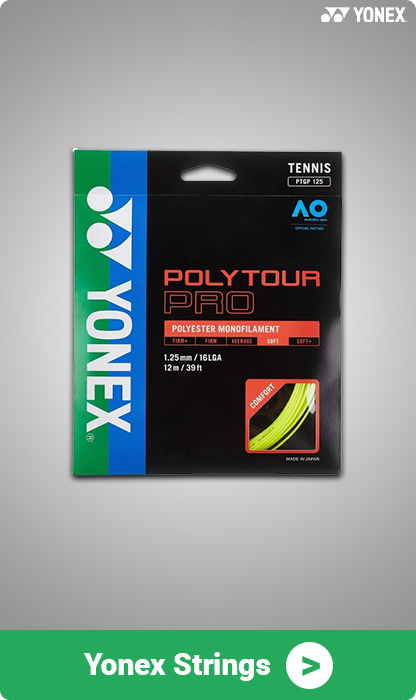















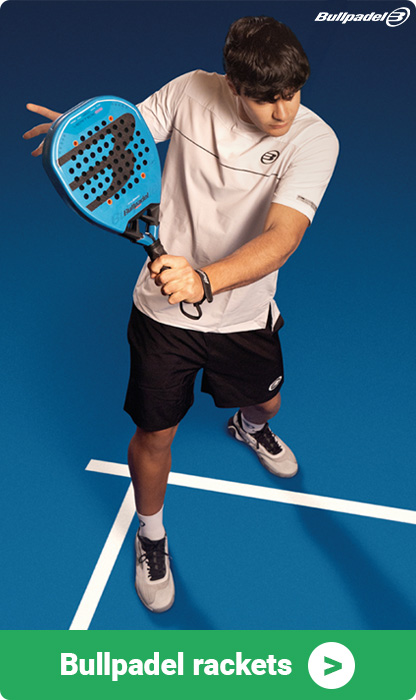
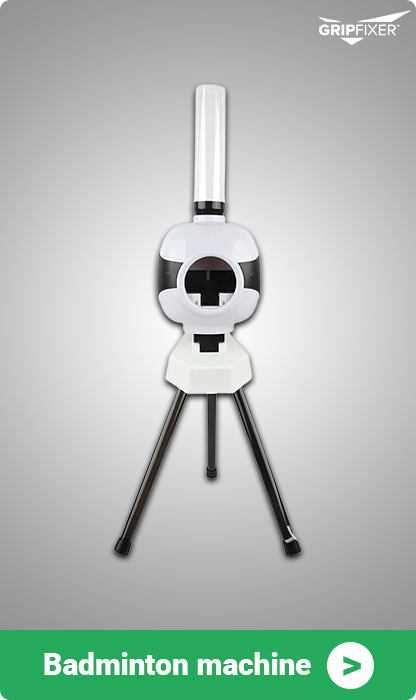
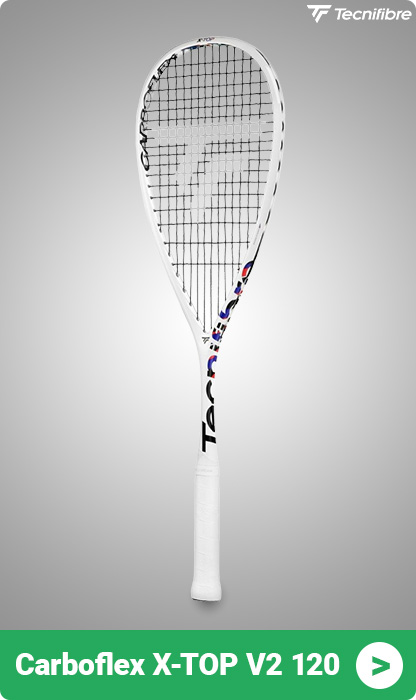
 tennis-zone.eu
tennis-zone.eu 
